Process science in action!
I don’t have questions for your students' this week but I do have a real world example of process science in a corporate form.
How many tries did it take SpaceX to succeed?
It took SpaceX 6, multimillion dollar tries to land the booster of the Falcon 9 on the barge. If I knew the trial and error procedures and learned mistakes that SpaceX took in achieving this accomplishment I would. That would better set an example of process science. But that’s all a trade secret. However I can give you some detail about the accomplishment.
Reusability is the buzzword in environmental engineering, civil engineering, and now aerospace engineering. SpaceX has been trying to design the first stage (booster) of their Falcon 9 rocket to be completely reusable. Why? Because it will save the company millions of dollars per launch and if consistently successful, it will give SpaceX a competitive advantage over other companies when bidding for launch contracts. The company plans on reusing each of the Falcon 9 boosters 10 to 20 launches. Post launch testing will be refined to find out how many launches the booster will be able to handle and what can be improved in the design.
Blue Origin landed the first reusable rocket on land late last year and SpaceX soon followed a few weeks later. But landing a vehicle on water creates a whole slew of dynamic issues with landing the space vehicle and the barge. Landing on water versus land, however, is much safer when the rocket turns into fireworks show. But SpaceX landing on the barge is historic and a huge milestone to make space more affordable. Other than labor costs to get the booster back the cape, refueling costs are only $300,000.
The fun question is what is next for SpaceX? The goal of landing the rocket has been pursued for so many years that it has become the dog and the bus scenario. But from the sounds of it, after getting consistency with the reusability of the Falcon 9, up next is the Falcon 9 Heavy and deep space. Up next, Mars!
In the video below, note that behind mission control, there are hundreds of scientists celebrating this achievement. Never forget to celebrate discovery and scientific achievement!

